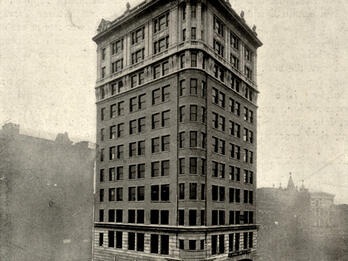Dodge Brothers Corporation
Albert Kahn
1910

Creator Bio
Albert Kahn
Born in Rhaune, Germany, Albert Kahn moved with his family in 1880 to Detroit, where he was apprenticed to a sculptor and developed his drawing skills. Despite being color-blind, Albert was accepted as an apprentice designer to architect George Mason, who later elevated him to chief designer. In 1895, with his younger brother Julius, he established the architecture firm Kahn & Associates. Kahn’s innovations within automotive factories included roof lighting (Pierce-Arrow Motor Car Co., 1906), reinforced concrete (Packard Motor Car Company Plant, 1908), and the Henry Ford model assembly line (1913). He designed nineteen monumental buildings on the University of Michigan campus as well as more than four hundred residences, skyscrapers, institutions, and factories in Detroit, as well as a synagogue.
Places:
You may also like
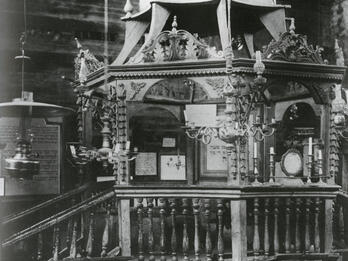
The Bimah at the Wooden Synagogue, Kamionka Strumiłowa
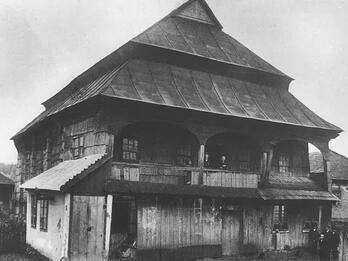
Jabłonów Wooden Synagogue

Tel Aviv Street
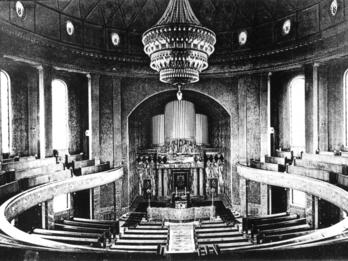
Synagogue (Mainz)
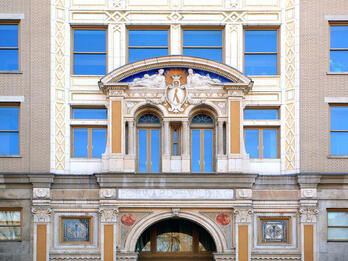
The Forward Building
